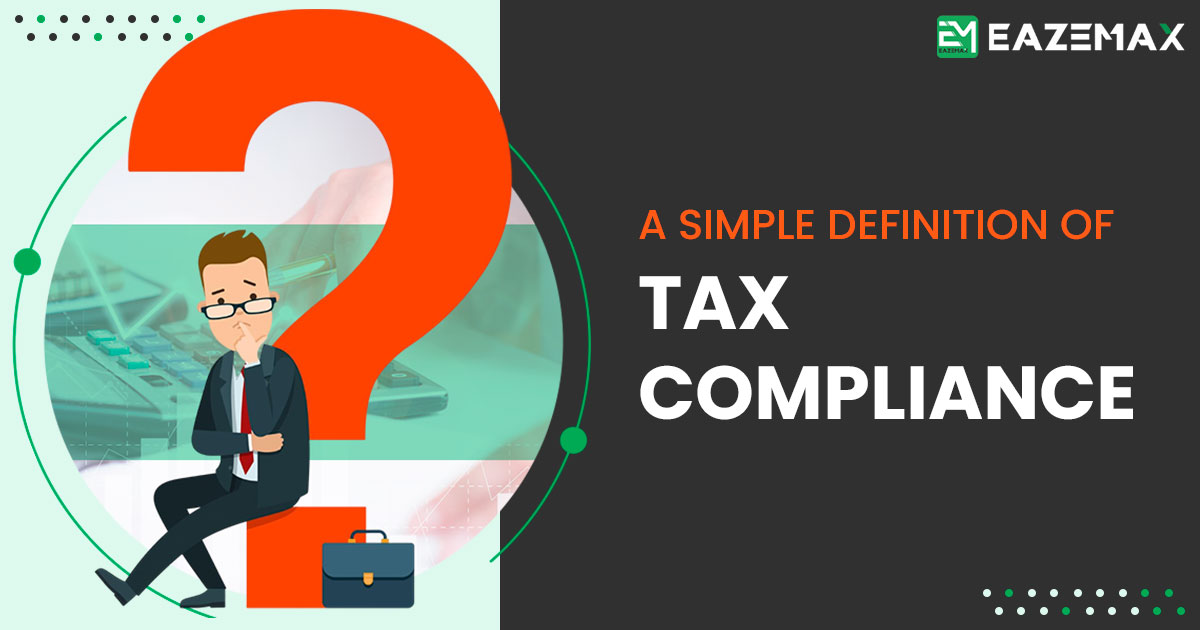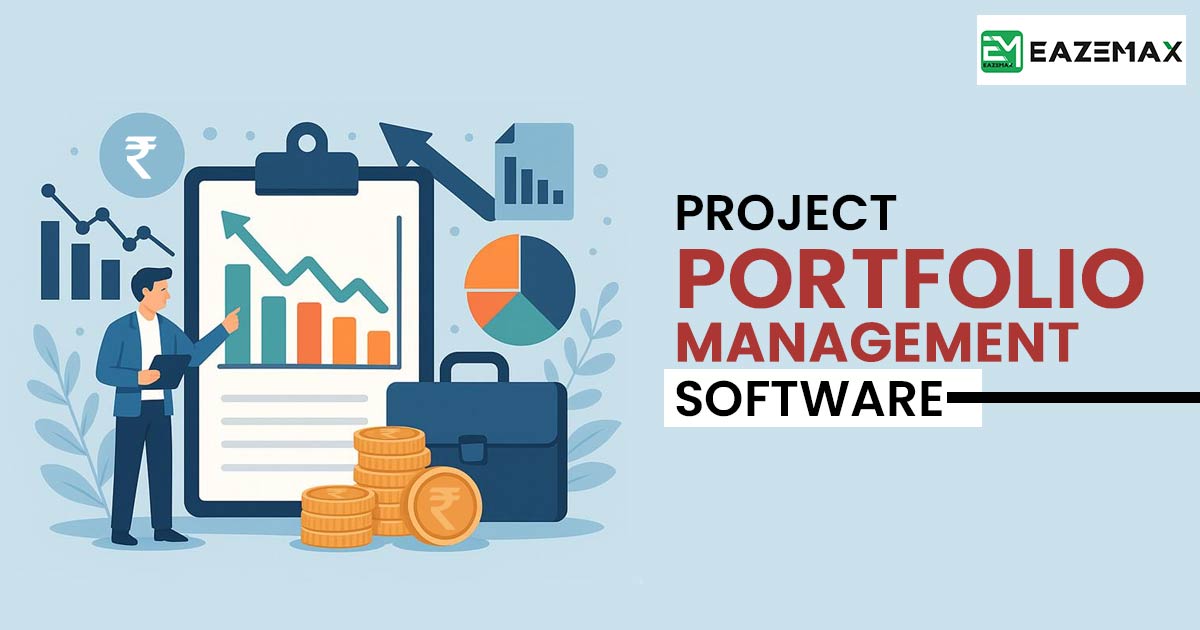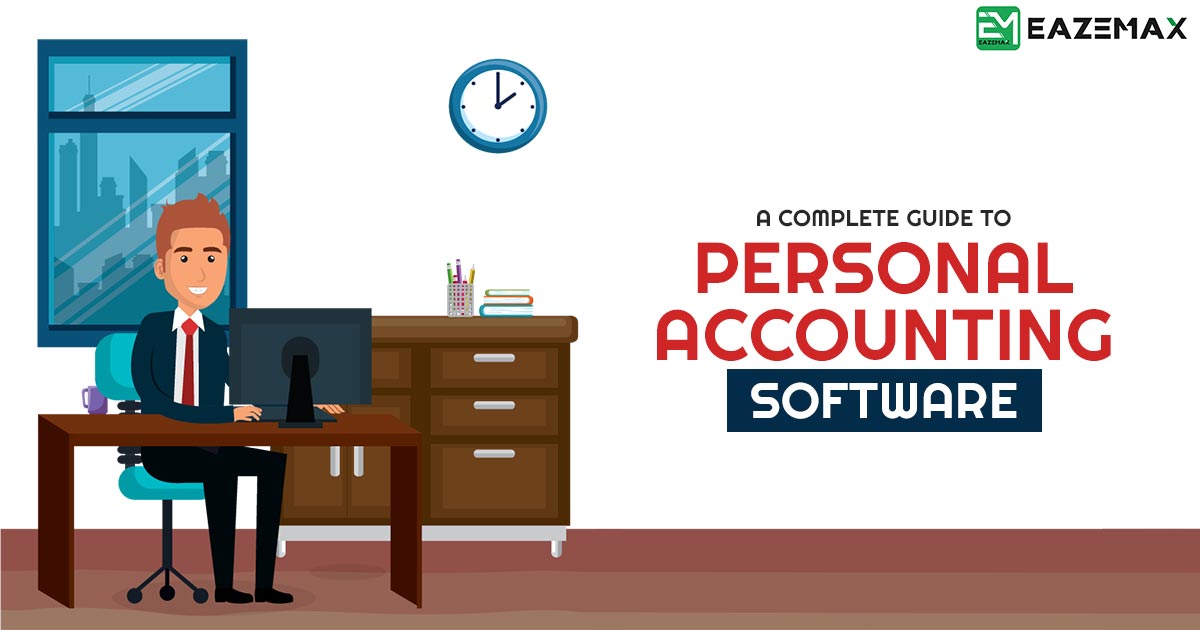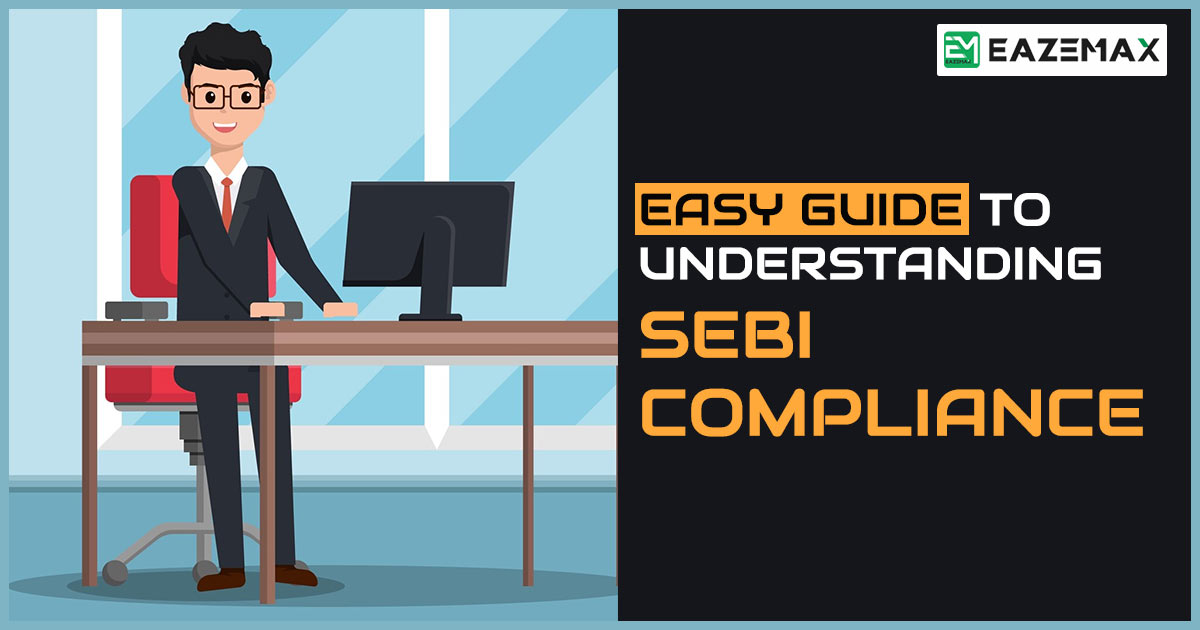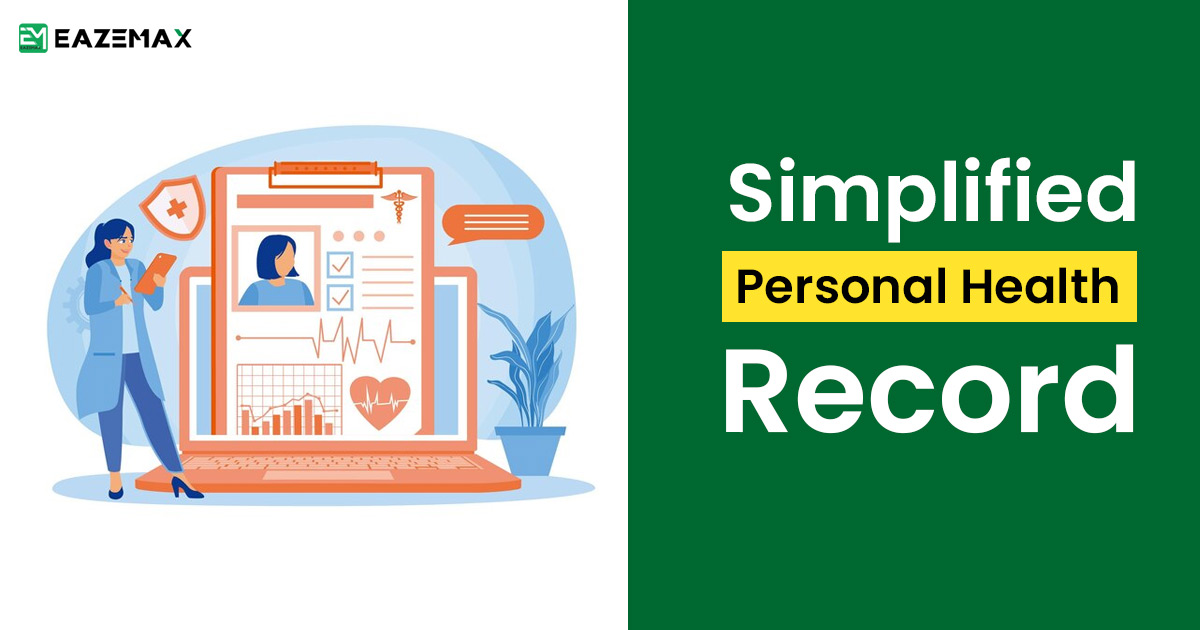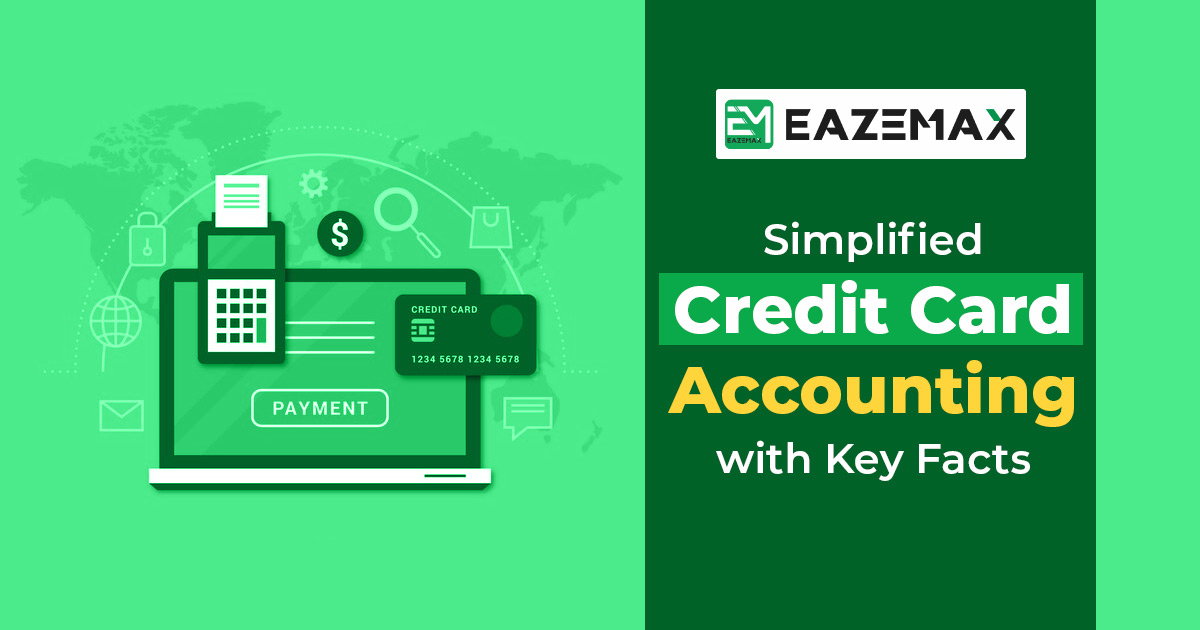
Credit cards play a significant role in modern financial management, offering convenience for both individuals and businesses when making purchases. However, tracking credit card transactions accurately is crucial to maintaining financial health and ensuring compliance with tax regulations.
In this guide, we’ll explore the basics of credit cards, their advantages, and the fundamental principles of credit card accounting.
Credit Card: An Introduction
A credit card is a financial tool issued by banks or financial institutions that allows users to borrow money up to a predetermined limit for purchases. If the borrowed amount is not repaid within the specified period, interest charges apply. Credit cards offer several benefits, such as:
- Convenient Payments: Enables cashless transactions for online and in-store purchases.
- Credit Score Improvement: Responsible usage helps build a strong credit history, which is essential for securing future loans.
- Rewards and Benefits: Many cards offer cashback, reward points, and travel perks.
- Emergency Financial Support: Provides access to funds during unexpected situations.
- Purchase Protection: Safeguards against fraud and allows chargebacks for disputed transactions.
While credit cards provide numerous advantages, improper usage can lead to financial troubles. This is why maintaining proper records of credit card expenses is essential.
The Importance of Credit Card Accounting
Credit card accounting involves tracking all expenses and ensuring that financial records accurately reflect these transactions. This process helps in avoiding errors, staying organized, and managing finances efficiently.
Maintaining Credit Card Records
Each credit card transaction should be properly recorded in financial records. The method of recording depends on whether the expenses are personal or business-related.
For businesses, credit card expenses are categorized within an expense account. The following accounting entries are typically made:
When a Purchase is Made:
- The expense is recorded under the appropriate category (e.g., office supplies, travel).
- A liability entry is made to reflect the amount owed to the credit card company.
When Payment is Made to the Credit Card Company:
- The liability account (credit card payable) is reduced.
- The payment is recorded as an outflow from the bank or cash account.
This ensures that financial records accurately reflect both expenditures and liabilities.
Moderating Credit Card Statements
Credit card reconciliation ensures that the financial records match the credit card statements. This step is crucial for detecting errors, unauthorized transactions, or discrepancies. The process includes:
- Reviewing the monthly credit card statement for any unexpected charges.
- Comparing recorded transactions with the statement to ensure consistency.
- Adjusting records by adding missing transactions or correcting errors.
- Verifying that payments and interest charges are correctly accounted for.
Regular reconciliation helps in maintaining accurate financial records and detecting fraud early.
Operating Interest and Fees
Failure to pay a credit card balance on time results in interest charges. For businesses, tracking these costs separately helps in financial planning. The accounting treatment for interest includes:
Recording the interest as an expense in the financial books.
Reflecting the amount owed under the credit card liability account.
Additional fees such as annual charges and late payment penalties should also be categorized under appropriate expense accounts to ensure accurate financial reporting.
Additional fees such as annual charges and late payment penalties should also be categorized under appropriate expense accounts to ensure accurate financial reporting.
Managing Credit Card Refunds
Refunds occur when a purchase made using a credit card is reversed. Proper accounting ensures that refunds are accurately reflected in financial statements.
When a refund is issued:
- The refund amount is recorded under the relevant expense category, reducing the overall expenditure.
- The liability (credit card payable) is adjusted accordingly.
- This ensures that financial reports correctly reflect the revised expenditure levels.
Accurately Recording Credit Card Payments: Best Practices
To maintain accuracy in credit card accounting, consider these best practices:
- Utilize Accounting Software: Consider using EazeMax software for credit card accounting, this tool automates many tasks, making it easier to track your financial activities.
- Retain Receipts: Always keep receipts for purchases and payments to support record-keeping.
- Perform Monthly Reconciliation: Regularly compare financial records with statements to detect errors or fraud.
- Separate Business and Personal Expenses: Using distinct credit cards for business and personal transactions simplifies financial management.
- Monitor Spending: Keeping track of expenses ensures better budget control and prevents unnecessary costs.
Conclusion
Credit cards offer convenience, rewards, and financial flexibility. However, effective management is key to avoiding debt and financial missteps. Properly recording transactions, reconciling statements, and tracking interest charges can help maintain financial health. By following best practices, individuals and businesses can maximize the benefits of credit cards while ensuring accurate financial reporting.
